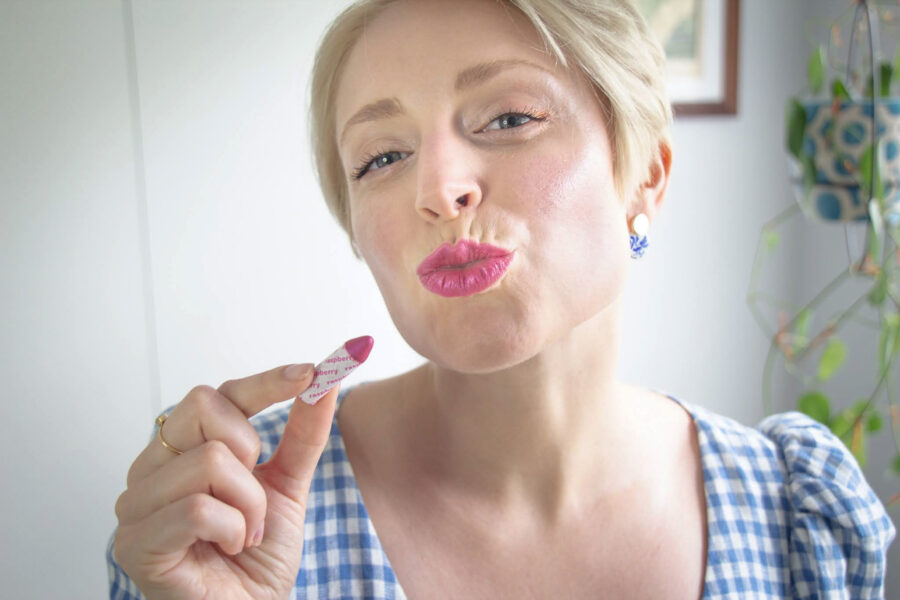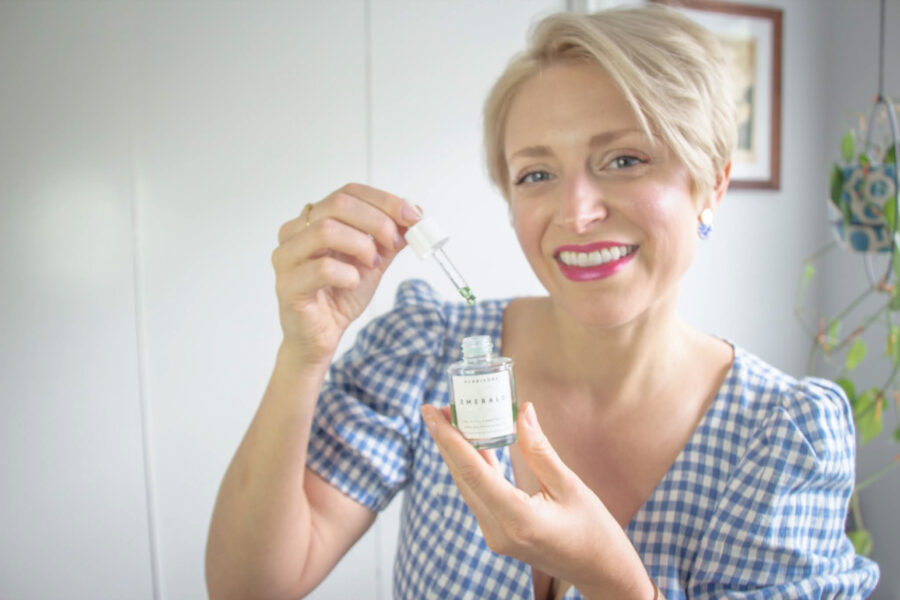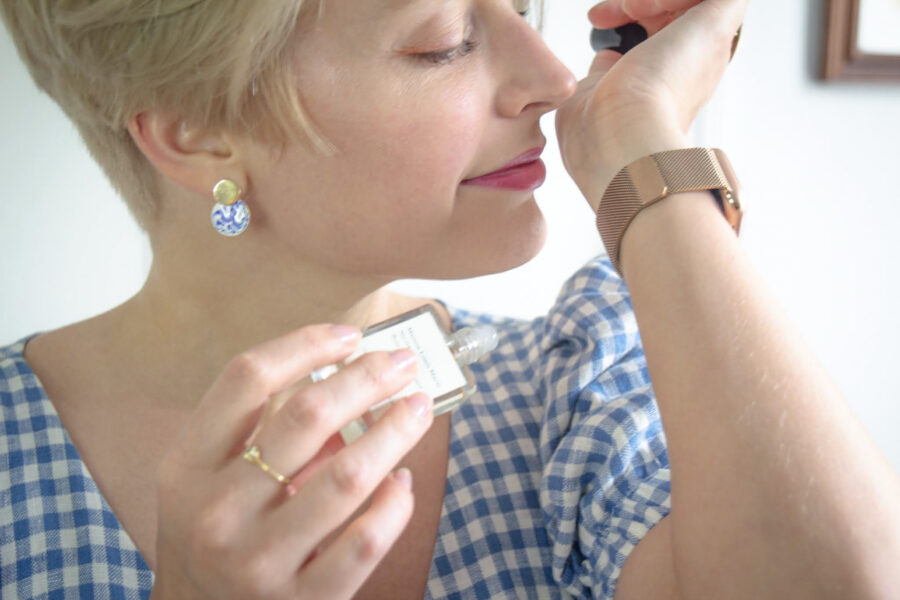It’s plastic-free July and I’m doing The Fleecing of America: Recycling Edition. Strap in.
[Sidenote: If you came for clean beauty, scroll to the end or start shopping clean beauty on Credo now.]Maybe your pollyanna pals or Bloomberg told you differently, but plastic recycling in this country is broken.
Despite what this article says, the recycling rate speaks for itself. In 2021, just 5-6 percent of the 46 million tons of plastic waste generated in the U.S. was recycled. And even when plastics are recycled, up to a third of the materials can be discarded due to contamination or process losses.
Where the plastic narrative goes wrong
After years of campaigns against plastic straws and bags that teetered on vigilantism, we somehow recycled less than years prior. (For reference, we used to be at 9 percent. Yeah, still bleak).
It should be noted that I trust this report because it examined data from the National Academies of Science, Engineering, and Medicine, the latest U.S. exports, and the waste industry to give us a U.S. plastics recycling rate.
Where things go wrong are in articles like this one that misrepresent the ideas of the report and wrongfully put the burden of recycling on the consumer.
For example, The Guardian author writes that “researchers on that report wrote that landfilled plastic waste in the United States has been on the rise for many reasons, including “low recycling rates, population growth, consumer preference for single-use plastics, and low disposal fees in certain parts of the country.”
Plastic isn’t about consumer preference
First of all, toss out low recycling rates as a gigantic nothing burger. The numbers already tell us this. It’s not an explanation. As for population growth, it’s mentioned nowhere in the report. But the article’s most egregious error is attributing the low recycling rate to consumer preference. Here’s what the report actually says:
“Plastic waste generation per person has grown in the U.S. because many new types of single-use plastics are served to consumers. Some of the plastic products were falsely marketed as recyclable, spurring deceptive advertising lawsuits won against major brands including Keurig and eight major product companies. Plastic has replaced other packaging materials (paper, metal, glass) that are truthfully recyclable, giving consumers no choice but to buy products packaged in plastic waste.”
We don’t choose single-use plastics because we like them. Most businesses don’t offer anything else and governments haven’t intervened enough to either force leaders’ hands or incentivize better options.
The Guardian’s point about low disposal fees is the only seemingly accurate one, although they don’t make it clear what this means. The report cites effective examples of bans and fees on single-use plastics implemented by certain cities. It doesn’t, however, say the fees are too low anywhere. I believe this is a liberty taken by The Guardian author assuming the fees need to be higher to work. In my opinion, it’s not a matter of higher fees, but more of them, in more cities.
Why plastic doesn’t get recycled
The real reason why 85 percent of plastic ends up in landfills and 10 percent gets incinerated, according to the report, is for the following reasons:
- Plastic waste generation is increasing.
- Not a single type of plastic food service item, including the polypropylene cup lids that Starbucks touts as recyclable, has ever been recyclable.
- Toxicity risks in plastic prohibit most of it from being recycled into food-grade packaging.
- Chemical recycling fails in recycling post-consumer mixed plastic waste due to insurmountable contamination, environmental, and economic barriers.
- The expansion of virgin plastic production is keeping the prices of high-quality new plastics low in comparison to higher-cost recycled plastic. (When oil prices are down like they have been the past few years, it’s cheaper to produce virgin plastic instead of recycled options.)
I will also add that China stopped taking imports of our plastic waste in 2018. So for the years leading up to this study, we had more plastics on our hands than before. Things may be marginally better in the next report if oil prices continue to stay where they are now, but that’s no reason to sleep on this systemic problem.
In a TL:DR world, our recycling rate declined largely due to geopolitical and economic forces beyond consumer control.
It’s not recycling that’s broken, just plastic recycling
To be clear, it’s not all doom and gloom. The report goes after plastic recycling singularly, stating that, “the high recycling rates of post-consumer paper, cardboard, and metals prove that recycling can be an effective way to reclaim valuable natural material resources.”
What we need now to tackle the endemic issues in plastics are tighter regulations that call for extended producer responsibility, clearer guidelines that tell us what can and can’t be recycled, expanded city programs and pickup, tighter bans on single-use plastic, and more compostable and biobased materials.
This fight is so much bigger than carrying a reusable bottle. Hold your representatives accountable for legislative change and demand more of brands, restaurants, and businesses.
Why Plastic-Free July is important
If you’ve read this far, you likely know why the fight against plastics is critical. Plastics pollute marine habitats and kill animals, cause an array of health issues including cancer, hormonal imbalances, and endocrine disruptions, contribute to planet-warming greenhouse gas emissions at every point in their life cycle, and further burden developing countries and communities of color.
This month is a good time to call for change. Use Plastic Free July’s local government page as a resource to get started. You can also challenge a business you like to take action on the business page.
While the Plastic Free July movement focuses on single-use plastics, why not look beyond this to packaging in everyday items that can be transformed too? I’ve been focused on cleaning up my beauty routine, both for health and ecological reasons.
Clean beauty must move beyond plastic
The beauty industry is particularly egregious when it comes to plastic pollution for two reasons. First, because of confusing labeling and recycling programs that differ between cities, states, and councils. And second, because many of the design technologies that make personal care and beauty products so squeezable, twistable, and generally easy to use also make them difficult to recycle.
The more complex or costly the packaging (e.g. decorative lids, multi-layered boxes), the harder it is to collect, separate, and recycle. As a result, it’s often more economically viable to simply trash it than put forth the resources to recover it.
The result? According to Plastic Pollution Coalition, the global cosmetics industry produces 120 billion units of packaging every year, and few are accepted by curbside recycling programs.
Instead of digging through every brand’s website for packaging information, I shop on Credo because the company requires every brand to adhere to packaging guidelines. Credo has already eliminated single-use plastics like masks, wipes, and sample packets and by 2024 all plastic packing on the company’s site must contain at least 50 percent recycled content or be replaced by a more sustainable material. It should be noted that many brands on Credo have already met or surpassed this requirement.
These are the clean beauty brands that have either eliminated or reduced plastic use that I get behind in my everyday routine.
Disclaimer: The Peahen sometimes contains affiliate links, which means I may earn a small commission if you choose to shop through our links. This does not affect my editorial decisions, and I do not allow sponsored ad placements within guides like these. Thank you for your support!
Axiology
This buzzy vegan beauty brand made waves with beauty editors thanks to its zero-waste lip-to-lid balmies. My favorite color is Raspberry, offered in the Out of Office Trio. If you want to learn more about the issues in beauty, the Axiology team also publishes amazing educational content on its blog.

Herbivore
This recognized brand taps ingredients for therapeutic purposes. I’ve used Emerald, a CBD and adaptogen oil, for 3 months now. I sought it out to tame my rosacea at night and protect my skin from damaging radicals in the day. While the results aren’t immediate, it’s one of the only products that noticeably reduced my rosacea in 12 years. The brand’s packaging, except for lids, is mostly glass. When your product is empty, you can resuse the glass jars as flower planters and the lids to organize your drawers.

Maison Louis Marie
This clean brand makes my signature scent, Bois de Balincourt. I discovered it six years ago when the Outdoor Voices flagship was burning the candle. It’s warm and woodsy, but still approachable enough to wear year-round. The packaging is mostly glass with limited use of plastic for the lids.

BITE
This brand was built for the purpose of keeping plastic out of landfills. It offers plastic-free oral care and refillable clean-scented deodorant. My favorite is the Neroli scent. It’s light and fresh and won’t overpower your favorite clean perfume.
Kosas
This rising star clean brand is all about skincare-first ingredients. I’m an avid fan of the Air Brow Tinted Volumizing Gel, which polishes and fills my brows without the painted-on look. And there are very little plastics here. All of Kosas’ tubes are made from 100 percent bio-based materials.

Common Heir
This brand is redefining classic skincare formulas with modern formulations, plastic-free packaging, and high-performance ingredients. Check out the first plastic-free retinol Serum. But before you do, know that retinol is a controversial ingredient. The jury is still out on whether it’s safe to use during the day when exposed to the sun but the general consensus is it’s safe at night. Still, do your research to find out if and when it’s right for you. See Credo’s stance here.
MOB Beauty
This makeup brand is all about refillables. Customize a palette or product that’s right for you and worry a little less know that the packaging is made with at least 50% post-consumer recycled PET or PP. My picks are the mascara refill and capsule because there simply aren’t many products like these on the market.
Have other plastic-free living tips? Share them in the comments.




